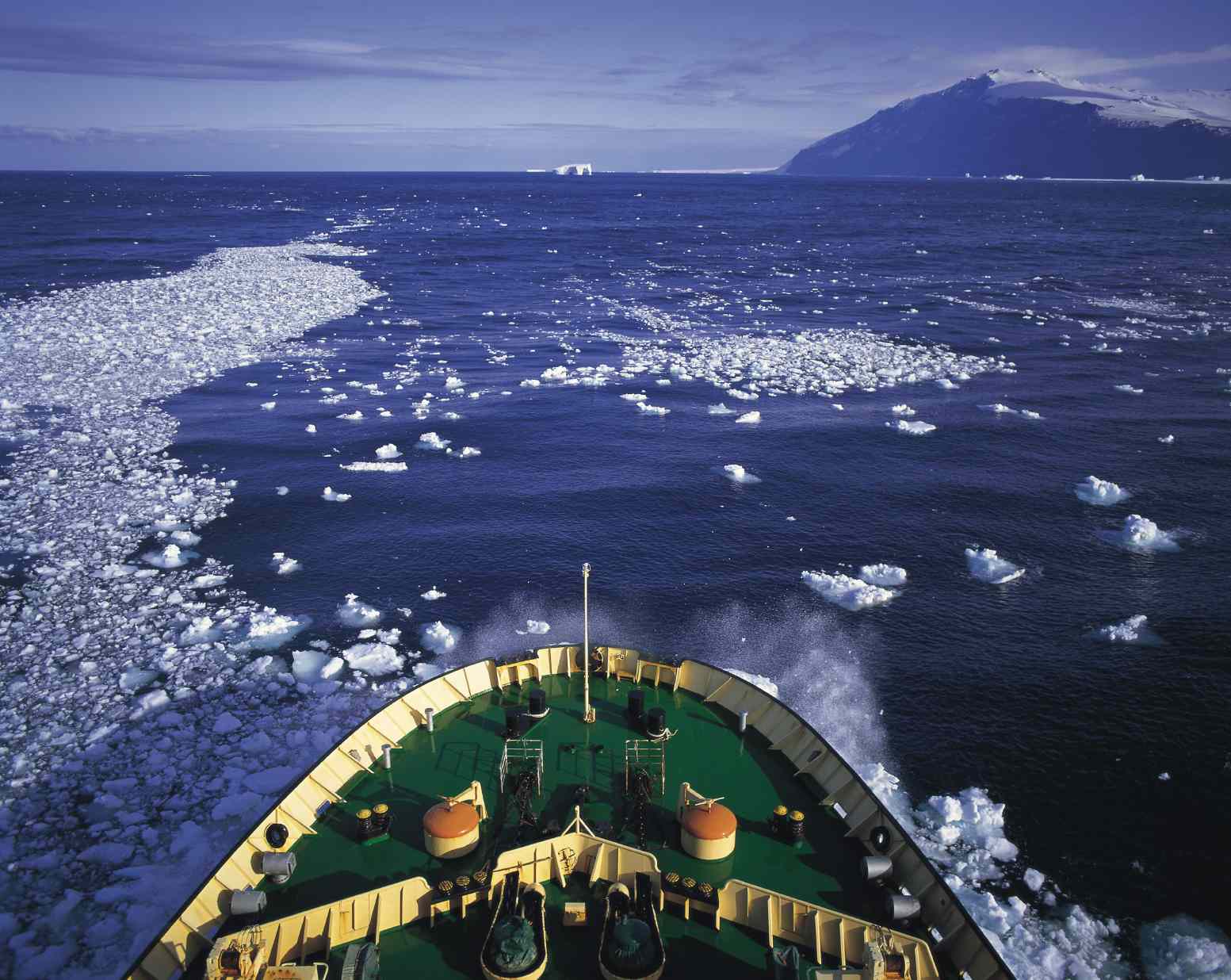In an earlier article, Mr. Spears argues that Canada is an Arctic nations, and as a nation we need to look at the Arctic from a global perspective so we can identify and seize political, international, and commercial opportunities in the region in the 21st century.
The IMO, Arctic Shipping and the Polar Code
This follows along from the adoption in 2009 by the IMO Assembly of a resolution to address additional provisions deemed necessary for consideration beyond existing requirements of the International Convention for the Safety of Life at Sea (SOLAS) and The International Convention for the Prevention of Pollution from Ships (MARPOL) for Arctic shipping. These two international conventions govern all Convention ships worldwide. A Convention ship is usually over 300 gross tonnes, which essentially includes all commercial bulk cargo, container vessels and marine tanker.

